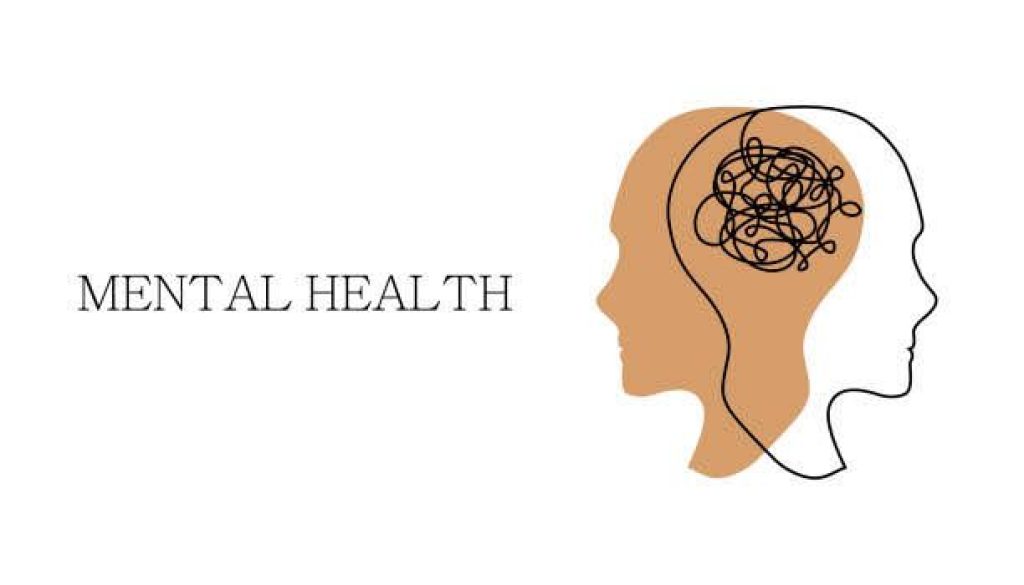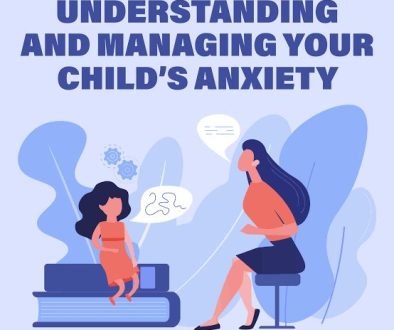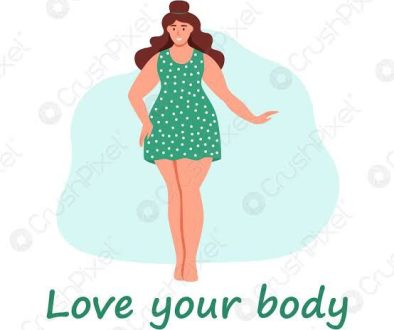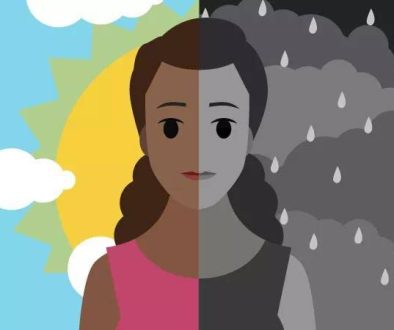Post-Traumatic Stress Disorder (PTSD): Understanding the Complexities
Post-Traumatic Stress Disorder (PTSD) is a complex and debilitating mental health condition that affects millions worldwide. It is characterized by intense emotional and psychological distress following a traumatic event. In this article, we will delve into the definition, symptoms, causes, diagnosis, treatment options, and coping strategies for PTSD.
Definition and History
PTSD was first recognized in the 1980s as a distinct mental health condition. Previously, it was referred to as “shell shock” or “battle fatigue” in war veterans. The Diagnostic and Statistical Manual of Mental Disorders (DSM-5) defines PTSD as a psychiatric disorder that can occur in people who have experienced or witnessed a traumatic event such as a natural disaster, serious accident, or violence.
Symptoms
PTSD symptoms vary in severity and duration but typically include:
1. Re-experiencing symptoms: Flashbacks, nightmares, and intrusive memories.
2. Avoidance symptoms: Avoiding triggers, people, or places associated with the trauma.
3. Hyperarousal symptoms: Hypervigilance, exaggerated startle response, and difficulty sleeping.
4. Negative cognition and mood symptoms: Negative thoughts, feelings of guilt, shame, or anger.
Types of PTSD
1. Acute PTSD: Symptoms last less than three months.
2. Chronic PTSD: Symptoms last more than three months.
3. Delayed onset PTSD: Symptoms appear months or years after the trauma.
Causes and Risk Factors
1. Traumatic events: Combat, natural disasters, physical or emotional abuse, accidents.
2. Genetic predisposition: Family history of mental health conditions.
3. Brain chemistry: Imbalances in neurotransmitters such as serotonin and dopamine.
4. Environmental factors: Social support, coping mechanisms.
Diagnosis involves:
1. Clinical evaluation: Medical history, physical exam, and psychological assessment.
2. Diagnostic criteria: Meeting DSM-5 criteria for PTSD.
3. Differential diagnosis: Ruling out other mental health conditions.
Treatment Options
1. Psychotherapy: Cognitive-behavioral therapy (CBT), exposure therapy.
2. Medications: Selective serotonin reuptake inhibitors (SSRIs), benzodiazepines.
3. Eye movement desensitization and reprocessing (EMDR): A therapy approach.
4. Group therapy: Support groups.
Coping Strategies
1. Support groups: Connecting with others who have experienced trauma.
2. Self-care: Exercise, mindfulness, relaxation techniques.
3. Grounding techniques: Focusing on the present moment.
4. Creative expression: Art, music, writing.
Complexities and Controversies
1. Comorbidities: Co-occurring mental health conditions.
2. Cultural considerations: Cultural differences in trauma expression.
3. Neurobiological factors: The role of neurobiology in PTSD development.
Impact on Relationships
1. Family relationships: Strained relationships.
2. Social relationships: Difficulty forming and maintaining relationships.
3. Romantic relationships: Intimacy issues.
Impact on Daily Life
1. Work and education: Difficulty concentrating.
2. Social activities: Avoidance of social events.
3. Daily routines: Hypervigilance.
In conclusion
PTSD is a complex and multifaceted condition requiring comprehensive understanding and treatment. By acknowledging the complexities and controversies surrounding PTSD, we can work towards improving diagnosis, treatment, and support for those affected.



